Bench Tips
Compiled by GIA's Jewelry Manufacturing Arts Instructors
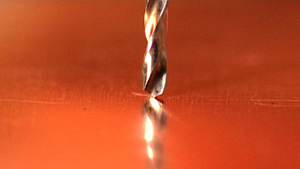
This bench tip will teach you how to sharpen the cutting edges of a fine drill bit. There are different styles of bit tips, but this example features a chisel tip.

Success as a bench jeweler depends on many factors, but having a plan to continually improve your business is one of the most important ingredients for long-term success.
CAD/CAM is a term that describes the two-part process of designing three-dimensional objects on a computer (CAD) and manufacturing them with a computerized machine (CAM).
Adjusting the tension of springs so that earrings fit comfortably and securely is a routine service task for the bench jeweler.
Chain repair is a set of fundamental skills and techniques every goldsmith needs to master, but the structure and design of the chain dictate what you need to do for a successful repair.
With minor modification, you can use the split mandrel as a holding device to finish round bezels and other small jewelry components quickly and consistently.
The same split mandrel discussed in Bench Tip #6 can also be adapted into an efficient tool for setting multiple round faceted stones into those bezels.
The soldering process, used extensively in all aspects of jewelry manufacturing and repair, joins two or more pieces of metal together—and when done properly, will result in a virtually undetectable seam.
A simple method for determining gold purity in jewelry is the “touchstone” testing process, an age-old technique that is relatively nondestructive to jewelry and offers quick results.
Gemstones that become loose in their settings can cause damage to both the gem and the setting. Vector tightening prong-set stones is a quick, safe and effective way to secure gemstones.
A worn-out bristle brush can easily be recycled into a useful tool called a whip burnisher or rotary hammer to improve or even eliminate minor imperfections and surface porosity in castings and other metal surfaces.
Master models used in mass jewelry manufacturing range from simple one-part pieces to intricate multiple-part forms. Rubber molds made from these master models are the key to reproducing consistent replicas of the original in wax form for casting.
Ergonomics is the safe and effective relationship between a worker and the work environment. For the bench jeweler who spends hours working with a bench pin, it is important to make it work efficiently and effectively for you.
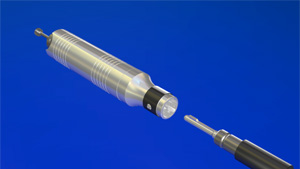
Since jewelers often use more than one handpiece during the workday, the procedure of connecting a handpiece to the flexible shaft is a common operation, but is often done incorrectly.
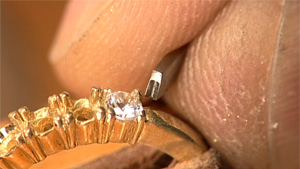
Many stone setters would agree that one of the most challenging aspects of prong setting is getting the prongs down tight on the stone. It’s easy to take this process for granted.
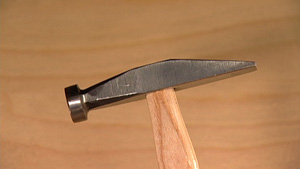
One tool a jeweler can’t do without is a hammer. Today, many styles of hammers, made in a variety of shapes and materials, are available to the jeweler.
Even one missing accent stone renders jewelry unwearable. Loss of a significant gemstone will also impact the retailer who sold the piece and the manufacturer who engineered and produced it.
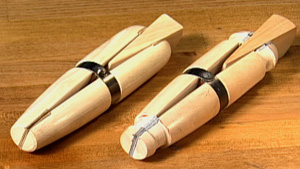
A simple modification to a wooden ring clamp—which holds rings and other jewelry items—can turn it into a useful, multi-function holder for tiny, delicate objects.
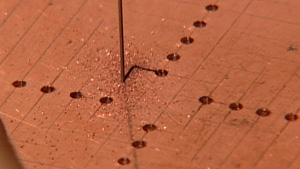
Sawing is an essential skill for a bench jeweler. This tip will demonstrate a technique that will increase your sawing speed and accuracy when you need to make sharp corner cuts – and reduce your likelihood of breaking delicate saw blades.



